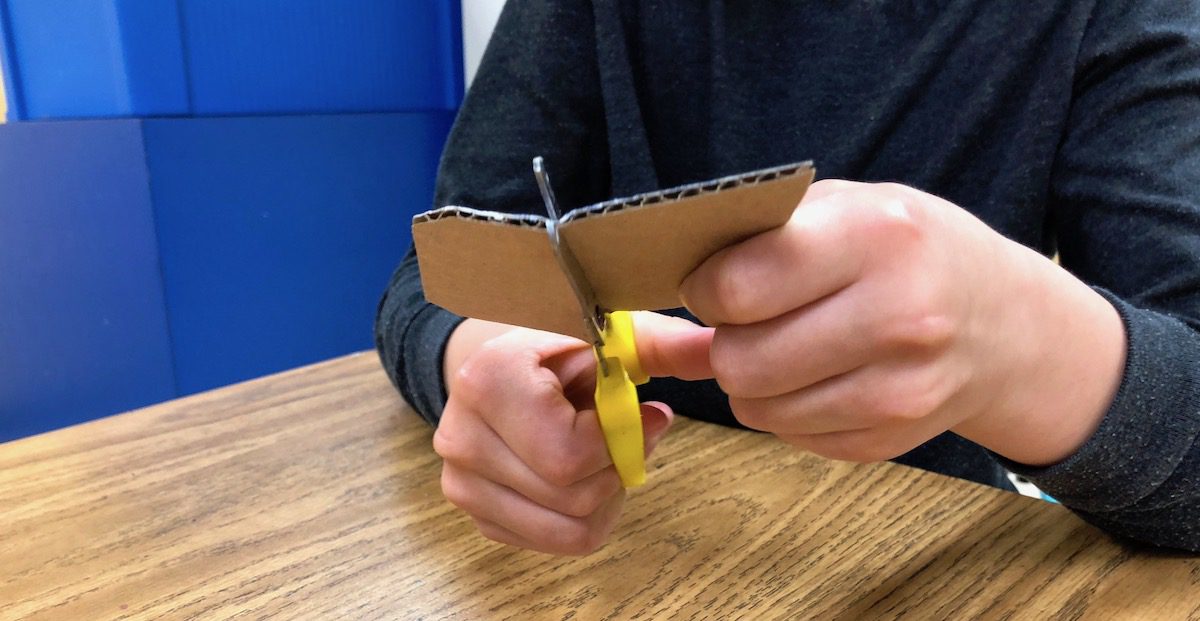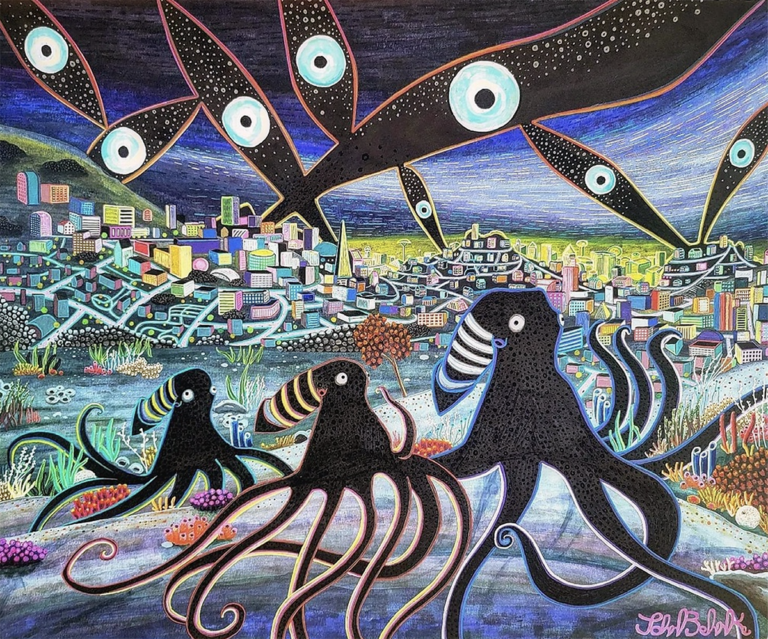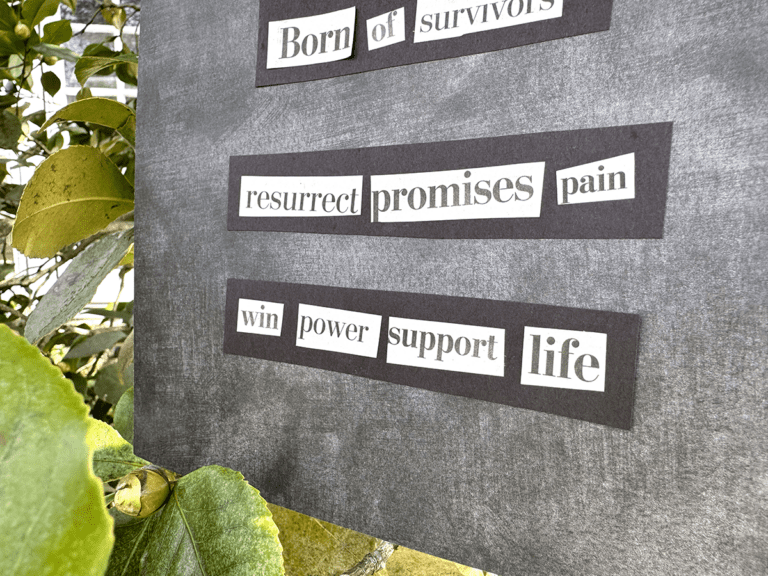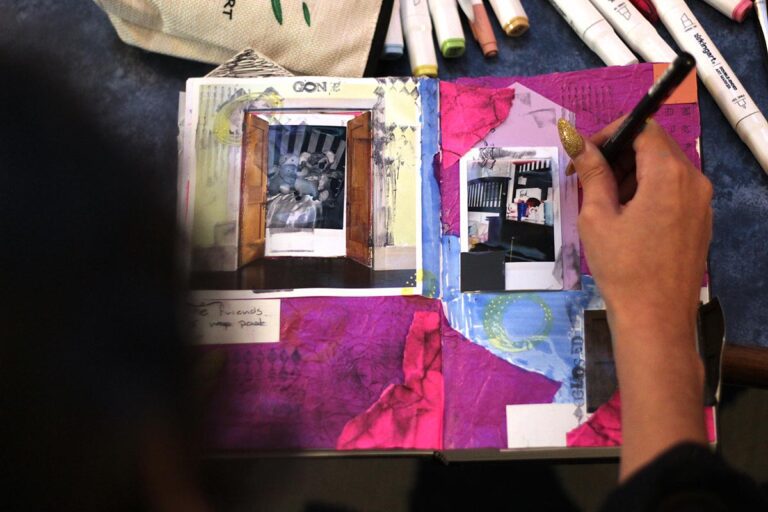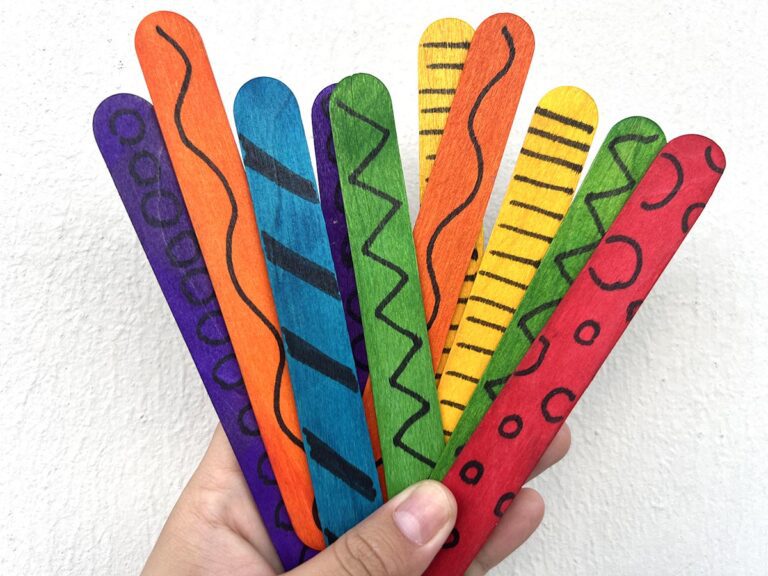Exploring the arts is such an important experience for kindergartners. While they have rich imaginations, we must give them opportunities to explore and grow. A great way to get young students to think outside the box is to challenge them with new materials.
Recently, I gave my kindergarten students cardboard to try. They enjoyed using it and made a variety of creative works. It was a nice change from using traditional primary surfaces like drawing paper or construction paper.
If you want to try this in your classroom, check out these 5 easy steps to inspire your kindergarten students with cardboard.
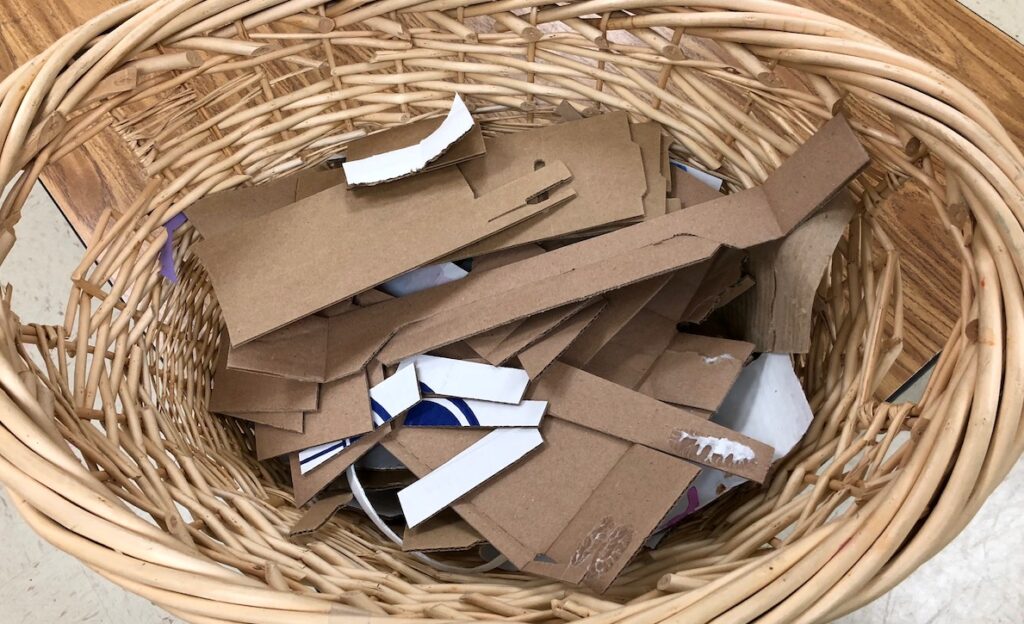
1. Pique your students’ interest.
A great way to get your students thinking about a new medium is to pique their interest and inspire them.
Here are two ways you can inspire your students.
- Start with a book.
Books are a great way to get your kindergarten students’ attention. They help students visualize ideas and get their imagination going. Two books I recommend for this lesson are, A Box can be Many Things and Box. Both discuss using boxes in creative ways and will get the wheels turning. - Begin with a class discussion.
A short class discussion is another great way to pique your kindergartners’ interest. Show students a few pieces of cut-up cardboard and pose the question, “What could you make with pieces of cardboard?” or “Can you draw on cardboard to make art?”
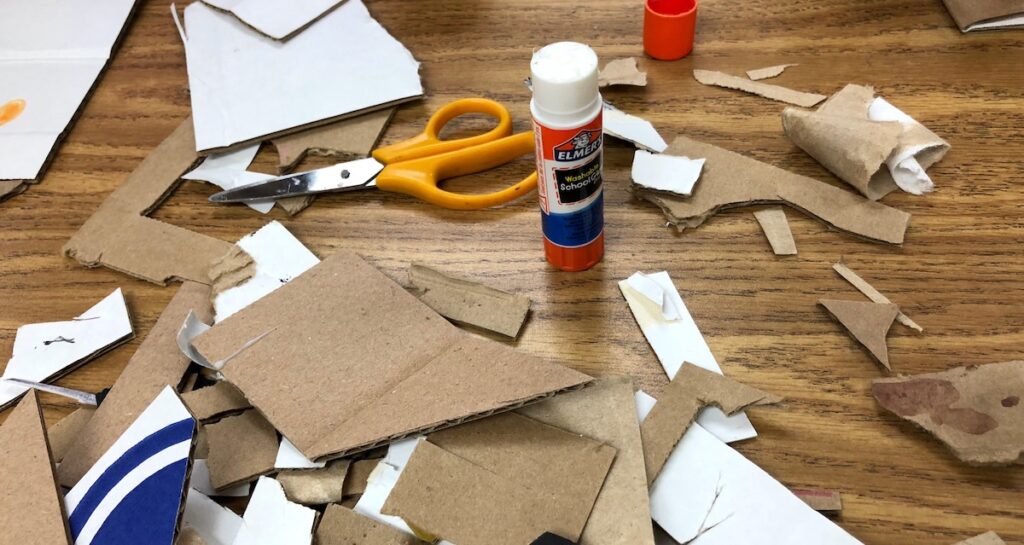
2. Demonstrate a variety of techniques.
Once students understand they can use cardboard to create art, be sure to demonstrate a few techniques.
Adding Color and Texture
Depending on the media you want your students to use, you could show them how to use markers, crayons, and watercolor on the cardboard. I also teach my students how to tear cardboard to expose the textured side. The trick to this is making sure to show students how you can find an area on the cardboard to peel back. Once all of my students see this, I slowly peel the cardboard. They find this technique pretty amazing.
Cutting Cardboard
It is also important to teach your students how to cut the cardboard safely. In my class, we use regular student scissors to cut our cardboard, but I make sure to show them how to press the cardboard to the back of the scissors because it is stronger. This helps students cut cardboard much easier.
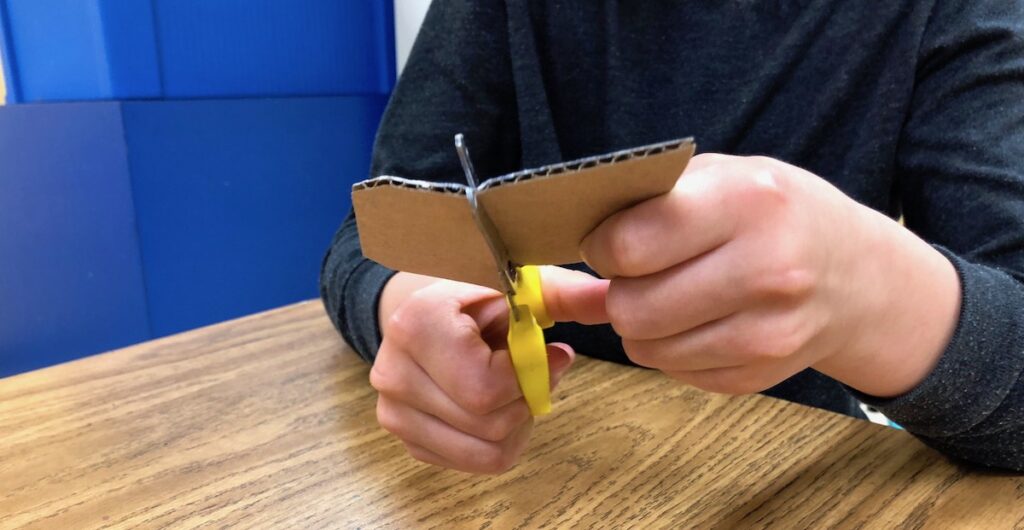
Attaching Cardboard
When it comes to attaching the cardboard, show your students how to glue the cardboard pieces together. We use glue sticks, but liquid glue could work, too. For glue sticks, I have students put a swipe of glue on both pieces of cardboard and hold it for at least ten seconds. I prefer glue sticks because they dry faster which is beneficial to my kinder friends who can be a bit impatient. Cardboard bends pretty easily, so another technique to show students is how to bend cardboard and put glue on the folded flap if they want to build something that goes upward.
The final attachment technique I show them is how to make a slot. This technique is where you cut halfway only on two pieces of cardboard and connect them. Keeping it simple is key! Your students’ imagination will do the rest of the work.
Are you looking for more ways to engage your kindergartners? Look no further than the AOE course Rethinking Kindergarten. You’ll learn to develop opportunities for play-based learning and student-directed inquiry and create meaningful curricular materials to suit the needs of today’s diverse students. Don’t miss it!
3. Let students create.
For their project, give students a variety of cardboard pieces. I like to make sure they are not too large so students can attach or create on them without feeling like they have to cut often. Include a variety of geometric shapes and organic shapes. In my room, I provide rectangles, squares, triangles and a variety of organic shapes. Remember, this is an exploration lesson, so students will create a wide range of unique work since they are not modeling a teacher example. We did all of this in a 50-minute class period and they were engaged the entire time.
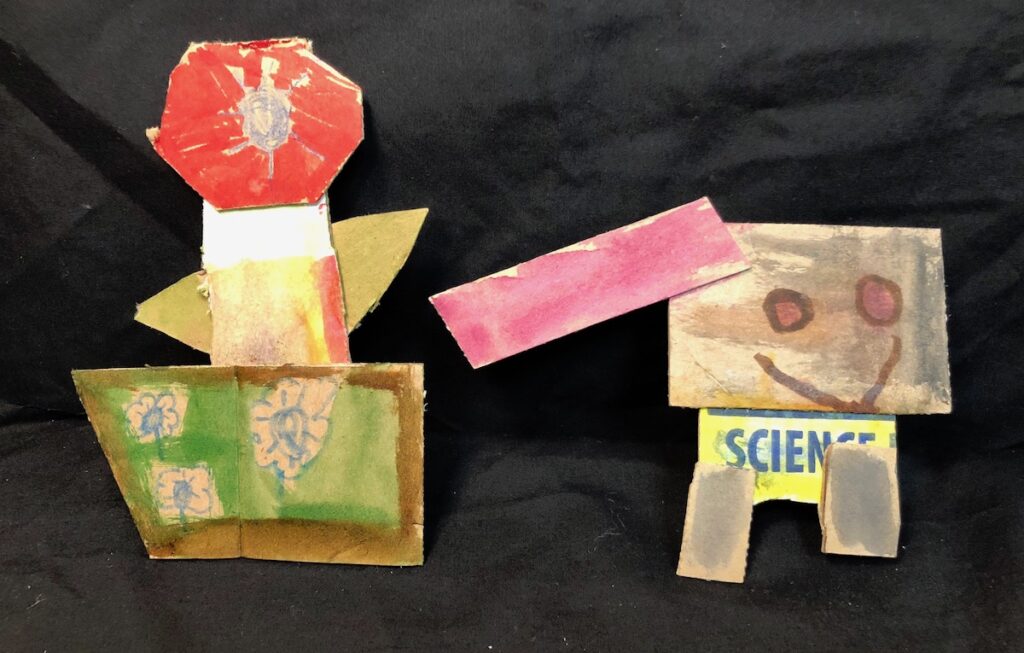
4. Present
Students are never too young to present and share their work. Depending on your class size, you will want to think about the best way for your kindergartners to do this. One way is to have your students share their work at their tables while you circulate and listen. Another option would be to let students present in front of the class. This helps build their confidence in their art and presenting skills.
Overall, giving kindergartners time to explore new materials is a great way to help build their creative confidence. Art lessons that allow them to use their imaginations toward an idea they have is a valuable learning experience.
What lessons have you done with kindergarten involving cardboard?
How do you give your kindergartners choice over their learning experiences?
Magazine articles and podcasts are opinions of professional education contributors and do not necessarily represent the position of the Art of Education University (AOEU) or its academic offerings. Contributors use terms in the way they are most often talked about in the scope of their educational experiences.
